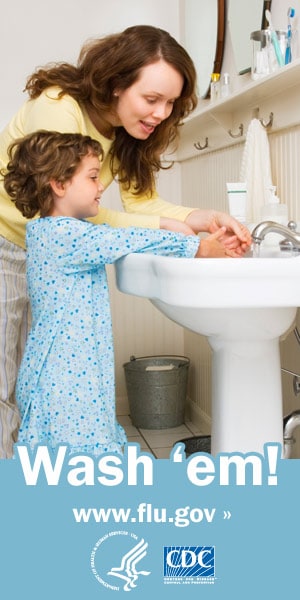Worried about passing the NCLEX? The more practice questions you do, the more confident you'll feel. Try these, then review the answers and rationales that follow. Experts recommend taking many practice questions before the NCLEX, so take advantage of review courses, books, and other products to help you succeed and pass the NCLEX. ANSWERS BELOW.
| 1. | To maintain airway patency during a stroke in evolution, which nursing intervention is appropriate? |
|
|
| 1. | Thicken all dietary liquids. |
|
|
| 2. | Restrict dietary and parenteral fluids. |
|
|
| 3. | Place the client in the supine position. |
|
|
| 4. | Have tracheal suction available at all times. |
|
| 2. | Primary prevention of osteoporosis includes which measure? |
|
|
| 1. | Place items within reach of the client. |
|
|
| 2. | Install bars in the bathroom to prevent falls. |
|
|
| 3. | Maintain the optimal calcium intake. |
|
|
| 4. | Use a professional alert system in the home in case a fall occurs when the client is alone. |
|
| 3. | A client is admitted with right lower quadrant pain, anorexia, nausea, low-grade fever, and an elevated white blood cell count. Which complication is most likely the cause? |
|
|
| 1. | A fecalith |
|
|
| 2. | Bowel kinking |
|
|
| 3. | Internal bowel occlusion |
|
|
| 4. | Abdominal wall swelling |
|
| 4. | Which nursing intervention should be taken for a client who complains of nausea and vomitus 1 hour after taking his morning glyburide (DiaBeta)? |
|
|
| 1. | Give glyburide again. |
|
|
| 2. | Give subcutaneous insulin and monitor blood glucose. |
|
|
| 3. | Monitor blood glucose closely and look for signs of hypoglycemia. |
|
|
| 4. | Monitor blood glucose closely and assess for symptoms of hyperglycemia. |
|
| 5. | Which comfort measure can be recommended to a client with genital herpes? |
|
|
| 1. | Wear loose cotton underwear. |
|
|
| 2. | Apply a water-based lubricant to the lesions. |
|
|
| 3. | Rub rather than scratch in response to an itch. |
|
|
|
| 4. Pour hydrogen peroxide and water over the lesions.
Answers to NCLEX practice questions | | 1. 4 Because of a potential loss of the gag reflex and potential altered level of consciousness, the client should be kept in Fowler's or a semiprone position with tracheal suction available at all times. Thickening dietary liquids isn't done until the gag reflex returns or the stroke has evolved and the deficit can be assessed. Unless heart failure is present, restricting fluids isn't indicated.
2. 3 Primary prevention of osteoporosis includes maintaining optimal calcium intake. Placing items within reach of the client, using a professional alert system in the home, and installing bars in bathrooms are all secondary and tertiary prevention methods to prevent falls.
3. 1 The client is experiencing appendicitis. A fecalith is a fecal calculus, or stone, that occludes the lumen of the appendix and is the most common cause of appendicitis. Bowel wall swelling, kinking of the appendix, and external occlusion, not internal occlusion, of the bowel by adhesions can also be causes of appendicitis.
4. 3 When a client who has taken an oral antidiabetic agent vomits, the nurse should monitor glucose and assess him frequently for signs of hypoglycemia. Most of the medication has probably been absorbed. Therefore, repeating the dose would further lower glucose levels later in the day. Giving insulin will also lower glucose levels, causing hypoglycemia. The client wouldn't have hyperglycemia if the glybluride was absorbed.
5. 1 Wearing loose cotton underwear promotes drying and helps avoid irritation of the lesions. The use of lubricants is contraindicated because they can prolong healing time and increase the risk of secondary infection. Lesions shouldn't be rubbed or scratched because of the risk of tissue damage and additional infection. Cool, wet compresses can be used to soothe the itch. The use of hydrogen peroxide and water on lesions isn't recommended. Source: NCLEX-RN Questions & Answers Made Incredibly Easy!, 4th edition, Lippincott Williams & Wilkins, 2007. |
|
|


No comments:
Post a Comment